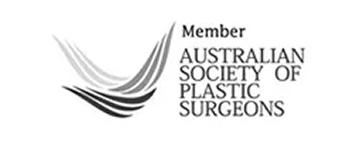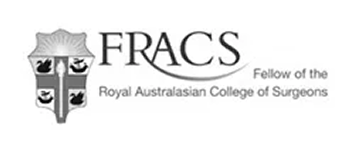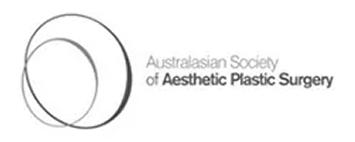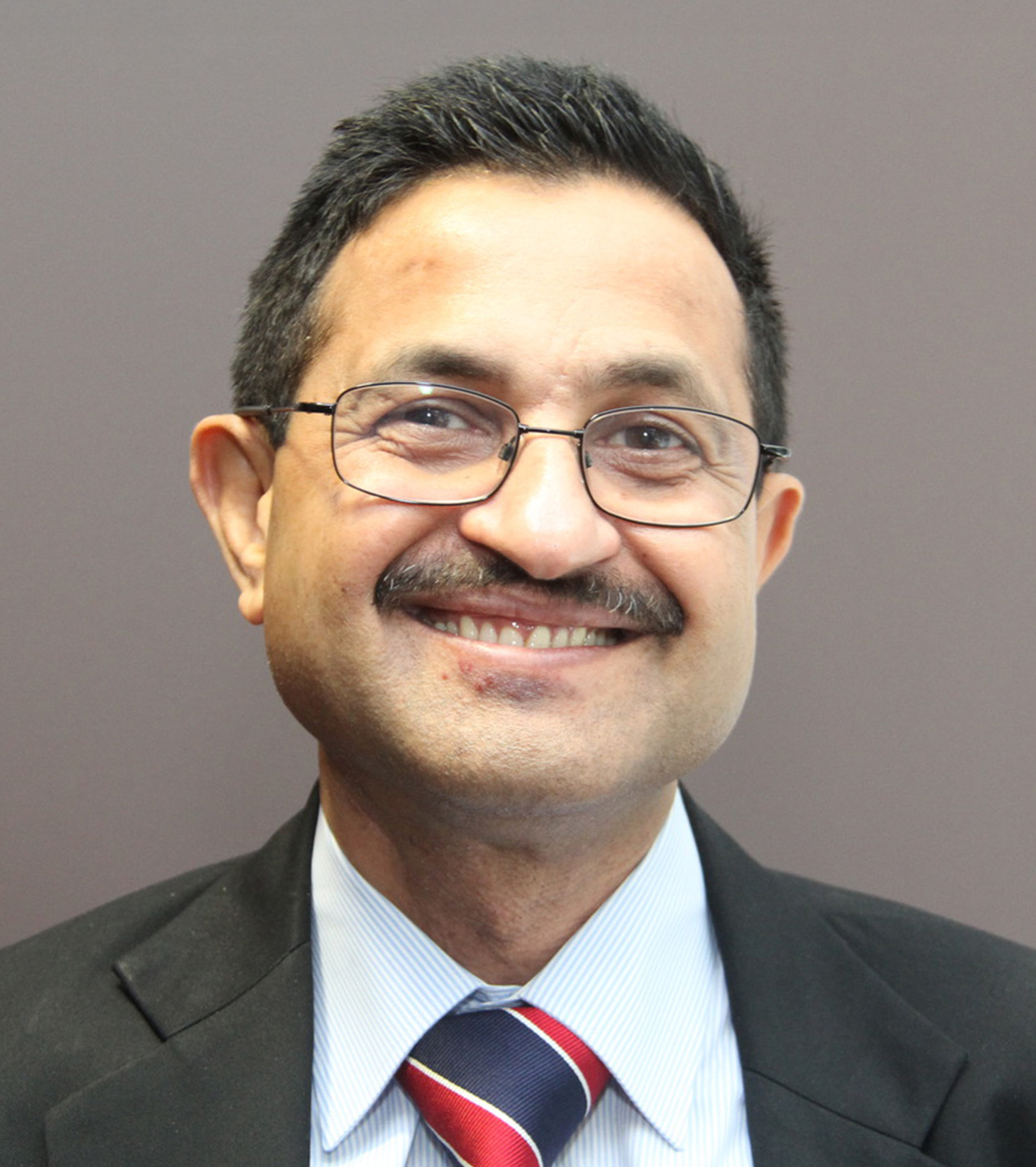Hand Surgery
Dr Dilip Gahankari has decades of experience performing emergency and elective hand surgery on the Gold Coast and around the world. He has been the surgeon of choice for many GPs in the treatment of traumatic hand injuries, and conditions such as Trigger Finger, Dupuytren’s Contracture and Carpal Tunnel Syndrome.
Ganglion Hand
This is the most common type of benign tumour affecting hand function. It is a myxomatous (gel-like) degeneration of joints (ligamentous capsule) and tendon sheath. They initially present as painless lumps, usually on the back of the wrist and finger joints and occasionally on the front. Eventually, ganglions interfere with hand movement and become painful with hand use. They usually require surgical intervention.
Carpal Tunnel Syndrome
Carpal Tunnel Syndrome occurs when the median nerve becomes pressed or squeezed at the wrist, resulting in pain, weakness, or numbness in the hand and wrist, with the pain sometimes radiating up the arm.
Symptoms usually start gradually, with frequent burning, tingling, or an itching numbness in the palm of the hand and the fingers, especially the thumb and the index and middle fingers.
As symptoms worsen, people may experience decreased grip strength and have difficulty forming a fist, grasping small objects, or performing other manual tasks. In chronic and/or untreated cases, the muscles at the base of the thumb waste away.
The diagnosis is usually confirmed with nerve conduction studies. This type of hand surgery consists of releasing the constrictive tunnel by a small incision at the base of the palm. Outcomes are generally very successful, but if the condition is neglected, loss of feeling may remain permanently.
Tenosynovitis
Tenosynovitis, or Trigger Finger is caused by the tendons that help bend the fingers and the thumb. As the tendons slide through a snug tunnel they can become irritated, leaving the finger stuck in a bent position. This results in a sudden release or “triggering” effect of the finger. Once the underlying causes have been addressed, the Trigger Finger may require surgical release.
Surgery is performed by a small incision in the palm of the hand.
Tenosynovitis may also affect the wrist tendons (e.g. DeQuervain’s syndrome), resulting in a painful movement of the wrist. These conditions may respond to conservative management, (e.g. rest, splints, anti-inflammatory medication and injections of steroids) but if this fails, surgical release may be required.
Dupuytren’s Disease
This is a fibromatosis (benign scar-like growths) of the hand’s palmar fascia.
It may also involve the soles of the feet, and rarely, the penis.
It presents as thickened cords under the skin which may be tender and eventually pull the finger towards the palm, restricting normal extension.
It usually presents in males after the third decade of life, but may occur in both genders and at earlier ages. People of northern European or Celtic extraction have a much higher risk of this as do those who have diabetes, certain types of liver diseases, take certain long-term medications or are involved in occupations which result in repeated movement of the hands (such as the use of pneumatic impact drill). Treatment involves surgical resection of the cord.
Surgery needs to occur as soon as restricted finger extension has set in. Excessive delay may result in permanently bent fingers which cannot be fully straightened. Delay also makes the hand surgery technically more difficult and increases the risk of injury to local nerves and vessels which may become encased in the infiltrative fibrous tissues.
Arthritis
Rheumatoid arthritis is one of the most destructive of joint pathologies of the hand. It may also involve the tendons.
This complex condition often needs long-term rheumatology management.
Treatment is medical in the early stages, but when the condition becomes severe and advanced, then surgical correction may be recommended. There are a variety of possible operations and Dr Gahankari will be able to advise you which is most suited for you.
Osteoarthritis is the most common type of arthritis of the hand and develops with age related wear and tear of the joint. Treatment is usually conservative, but occasionally surgery may be performed, especially if there is advanced destruction of joints resulting in ongoing pain and significant loss of function. In such cases the joint may be replaced or fused.
Trauma
Traumatic hand injuries most often occur at work or during a sporting activity.
Dr. Gahankari has advanced training in the surgical repair and reconstruction of hands and fingers that have been damaged by trauma, including amputation, deep cuts, or severe burns.
His expertise allows him to restore both function and appearance, using microsurgical techniques to achieve the best possible outcomes for his patients.
With a deep understanding of the complexity of hand anatomy, Dr. Gahankari is committed to helping individuals regain mobility, strength, and confidence after serious hand injuries









